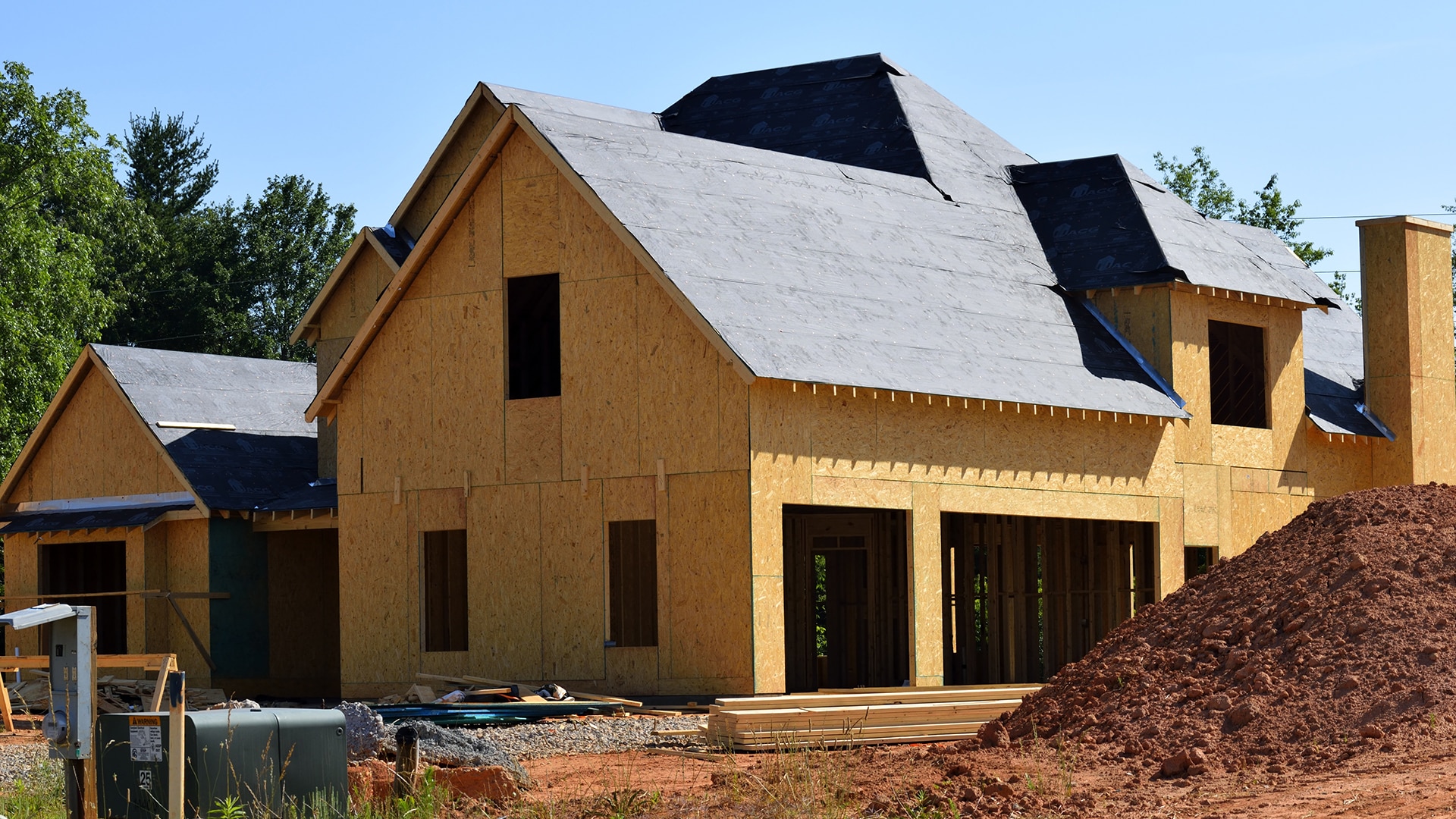Building a new home is an thrilling journey that offers the possibility to experience your perfect house come to life. From choosing the perfect lot to choosing the design aspects that represent your individual style, every phase of the process takes a vital role in creating a home that seems like your sanctuary. As an increasing number of individuals turn to newly constructed properties rather than buying existing properties, understanding the intricacies involved becomes important.
This guide will deliver insights into multiple elements of new home construction, including timelines, costs, and design trends for the upcoming year. By examining topics like connected home features, energy-efficient designs, and picking the appropriate materials, you'll have the ability to make informed decisions that optimize space and enhance functionality in your new living environment. Whether you're a beginning contractor or an veteran homeowner seeking to make a shift, the information shared here will guide you journey through the dynamic world of new home construction with self-assuredness.
Preparation & Blueprinting
The preparation and design phase is essential when constructing your new home. This is the stage where you convert your vision into a realistic blueprint. Start by assessing your lifestyle needs, such as the number of bedrooms, bathrooms, and any special spaces like a home office or gym. Collaborating with an architect or designer early in the process can provide critical insights and help you create a floor plan that enhances space and functionality.
As you define your design preferences, consider present trends and future needs. Top design trends for new homes in 2025 focus on sustainability, open spaces, and smart technology integration. Focusing on energy-efficient features and flexible areas can boost your living experience while keeping utility costs low. Make https://output.jsbin.com/qeseginavu/ of your must-have elements and organize them to ensure your design shows your personal style without compromising practicality.
Furthermore, selecting the right materials and construction choices is necessary for both aesthetics and durability. Investigate various options such as brick, wood, or stucco for your exterior, and consider incorporating green building materials that promote environmental responsibility. Harmonizing your design desires with realistic budgeting will set the foundation for a effective home building process, making sure that your new space is not only beautiful but also sustainable and cost-effective.
Components & Building Options
Selecting the appropriate resources for your new dwelling is important for longevity, aesthetics, and long-term worth. Common resources include timber, masonry, and plaster, each presenting unique benefits. Timber provides a timeless appearance and great insulation characteristics, while masonry is known for its minimal maintenance and energy efficiency. Plaster, on the contrary, provides a sleek, modern appearance and is excellent for temperate environments. Analyze your local weather patterns, care preferences, and design goal to identify the best match for your dwelling.
The determination of construction techniques also holds a significant role in the overall standard of your house. Conventional timber-frame construction is popular for its versatility and economic benefits, while metal framing gives greater sturdiness and resilience. Additionally, emerging methods such as thermal concrete forms (ICFs) provide outstanding energy effectiveness and thermal management. Explore these options and talk with your home developer to match your construction method with your design objectives and budget.

Finally, the pros of eco-friendly building materials cannot be dismissed. Eco-friendly choices, such as responsibly harvested timber and recycled resources, not only minimize your home's carbon footprint but also lead to a more sustainable living environment. Investing in green glazing and insulation can significantly reduce utility expenses and enhance comfort. As you take choices about resources and construction selections, reflect about both short-term demands and sustained sustainability to maximize the benefit of your new home.
Financing & Budgeting
Financing a new home building involves grasping multiple loan options and financial planning techniques to ensure a seamless process. Traditional mortgages may not cover the entire construction phase, so construction loans are well-liked. These loans typically provide funds in stages, corresponding with building progress. It is important to shop around for good interest rates and terms that fit your financial situation. Consulting with a mortgage broker can help you explore the options and find the best solution for your needs.
Cost planning for a modern home build requires careful planning and ranking of expenses. Start by calculating the overall cost of construction, including land purchase, materials, labor, and permits. Set aside a portion for unforeseen expenses, as hidden costs can come about during the building process. Assess where to save by selecting affordable materials and where to invest on features that enhance your home's value and comfort. Creating a comprehensive budget plan will keep expenditures in check and help you avoid going over budget.
Understanding the hidden costs of new home construction is essential for successful financial planning. https://yamcode.com/selecting-the-proper-materials-for-your-new-residence can include utility connection fees, landscaping, and supplementary permits that might not be factored into the initial estimates. To avoid shocks, conduct extensive research and seek advice from knowledgeable builders and financial experts. By being proactive, you can ensure that your dream home is built within your budget without compromising on quality or your goals.
